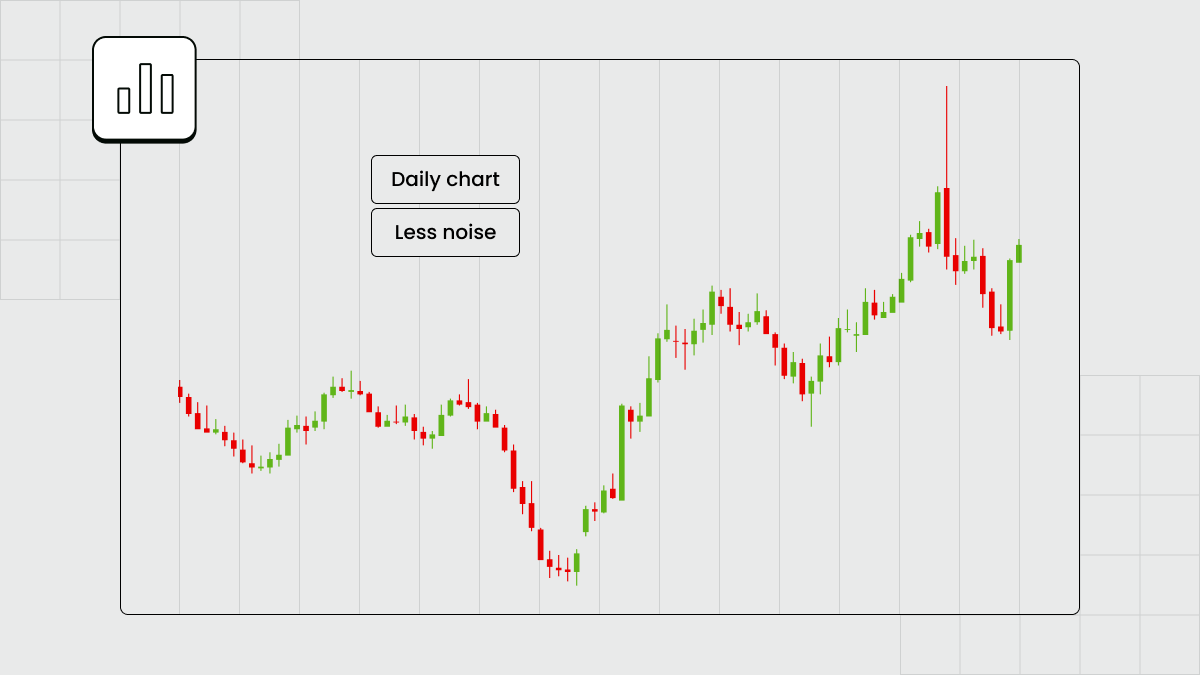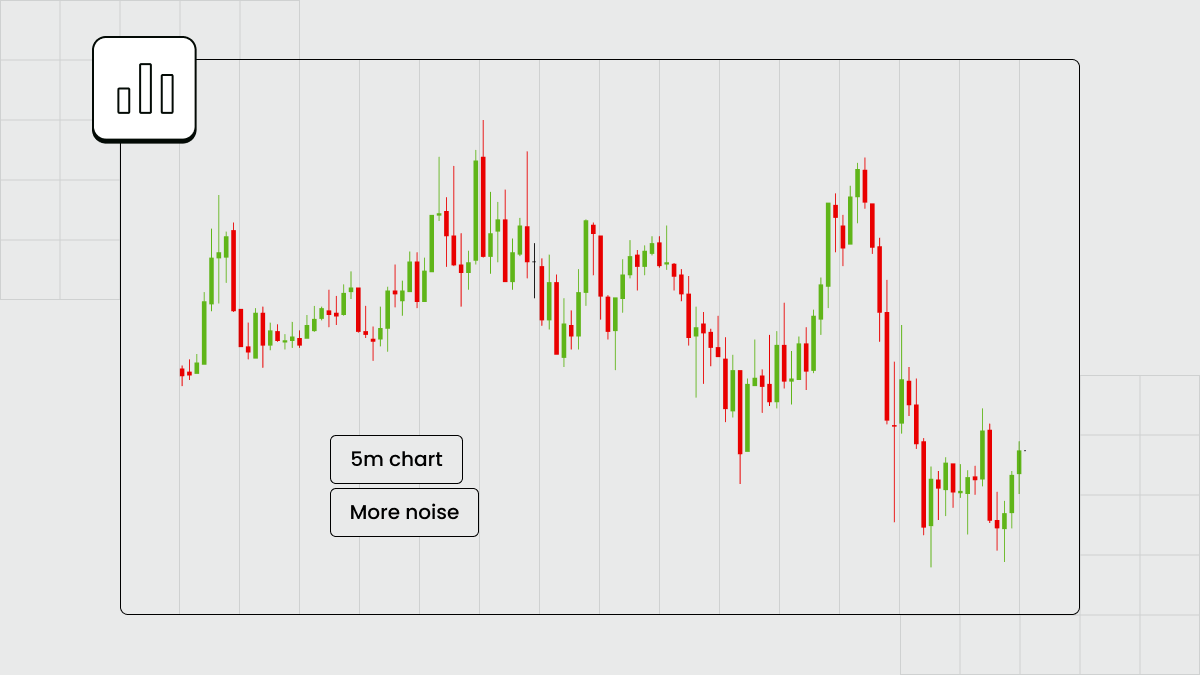The Single Most Overlooked Component of Trading

Trading in the financial markets is a complex and challenging process that requires a deep understanding of various components. While traders often focus on indicators, technical analysis, market trends, portfolio management, etc., to make profitable trades, one essential trading component often gets ignored – time.
How to massively improve your trading results
Time plays a pivotal role in determining the success or failure of a trade. Traders seeking to enhance their results should focus on time as the most crucial factor.
Best times of day to trade
The best times of day to trade are during specific periods of market activity. The period from 9:30 to 10:30 (Eastern Time) is often one of the best hours for trading, offering big moves in a short amount of time. Volatility and volume decrease around 11:30 (Eastern Time), with the midday being calm as traders wait for further news announcements. From 15:00 to 16:00 (Eastern Time) volatility and volume increase again. During this time, traders often close positions or attempt to join late-day rallies.
Best day of the week to trade
While little evidence supports a market-wide effect, some traders believe in the "Monday effect" or "weekend effect," explaining Monday drops to bad weekend news. Selling on Fridays is strategic to avoid potential losses from Monday dips.
Best months to trade
The turn of the year and summer months are the best times to trade. The "January effect" is when traders return to markets at the beginning of the year, pushing up prices. September and October are historically favored for selling due to September’s weak returns and October’s market crashes.
Use wider stop losses and stop meddling with your trades
A wider stop loss implies that a take profit should also be set further away. This is necessary to maintain the risk-reward ratio at a sufficient level. It is advisable to avoid placing stop losses too close, particularly if you set them at some pointless point. Placing a stop loss close to the entry point is only recommended with a valid justification.
At the same time, it is reasonable to set a stop loss further if there are good reasons for doing so. For instance, a wider stop loss is beneficial when an important price level is located there. Cases like this show that increasing stop-loss distances can significantly improve the chances of turning a losing trade into a winner.


Patience and discipline: Do you have them?
The reality is that many successful trades take longer to unfold than initially anticipated. The clash between our desires and the market's trajectory is a common source of frustration. To master forex trading or any financial market, acknowledging and addressing our impatience is crucial.
In a time when people want things immediately, it can be tough to hold back and stay focused. However, patience and discipline are precisely the qualities that transform well-executed trades into substantial returns.
Trading plan components: A reward & punishment system
Another crucial component of trading is a well-defined reward and punishment system. This system acts as a psychological anchor, reinforcing good habits and discouraging detrimental actions.
Traders can praise themselves for certain actions:
- placing stop loss and take profit orders immediately when opening a trade,
- following their trading strategy,
- double-checking everything before opening a trade,
- stopping trading when emotions are taking over,
- trading only during the allotted time.
On the other hand, traders can also scold themselves for the following actions:
- poor risk management,
- trading excessively and becoming emotional,
- blindly following other people's signals without critical thinking,
- trading at unfavorable times.
Traders who consistently adhere to their trading plan, practice patience, and implement effective trading money management are more likely to experience sustained market success. The reward and punishment system is a constant reminder of the consequences of prudent and reckless decision-making.
Bottom line
Time should no longer be an afterthought but an integral part of the trading equation. Buying or selling requires the space and time to become a winner, and rushing for profits can lead to unnecessary losses. Consider time not as a constraint but as an essential trading component and powerful ally that, when harnessed effectively, can significantly improve your trading results. Trading success demands a strategic, intelligent approach. Embrace the role of time, exercise patience, and avoid over-trading.
FAQs
What is the most important part of a trading system?
Here are some key elements of a high-performing trading system:
- Define the instruments you will trade and avoid randomly switching between markets.
- Determine your position size and maximum risk per trade.
- Use support and resistance levels to set your stop loss and take profit orders.
- Plan exit points and consider when to move your stop loss to break even.
- Track your trading performance and review your system by implementing necessary changes or improvements.
What is one of the most common mistakes traders make?
Here are some basic trading mistakes:
- Unrealistic expectations
- Trading without a trading plan
- Failure to cut losses
- Low risk/reward ratio
- Fear of missing out (FOMO)
- No diversification
Why do most people fail in trading?
Most people fail in trading due to a lack of discipline, inadequate risk management (or poor portfolio management in investing), and emotional decision-making. Without a solid trading plan that includes comprehensive money management strategies, traders are susceptible to making impulsive and detrimental choices.
What are the important components of trade?
The important components of trade extend beyond entry and exit points. Effective money management in trading and disciplined adherence to a trading plan are crucial components that contribute to long-term success in the financial markets.